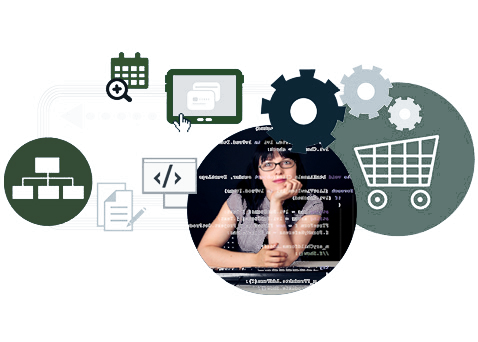After a four-month drum roll, Microsoft is releasing the first of its tablets – a new family of devices called “Surface”, and we’ve got one on order.
Microsoft is betting the farm on its success. Before I explain why, let me say that this initial release is not the extended version, the “Surface for Windows 8 Pro”, which will debut next year.
This one – the “RT” version – is an inexpensive tablet running the new Windows 8 operating system plus common Office applications such as Word and Excel, and it allows users to download other apps from the Windows Store. It comes with a 32-gigabyte or 64- gigabyte solid-state storage medium, an optional cover that doubles up as a keyboard, a USB port, and an HDMI (High-Definition Multimedia Interface) port for doing things like watching movies on a high-definition television.
The Pro will be a hybrid between a tablet and a laptop, with a larger solid state drive, and will make use of touch capabilities as well as a stylus for writing in notepad style. It will also come with two different types of sensing devices, called digitizers, one to detect your fingers and a different one to sense the pen. When it needs to, it will automatically shut off the multi-touch options to concentrate just on the handwriting.
This high level of note-taking, with notes searchable even in your own handwriting, is not something tablets have done very well to date.
I’ve been watching and reporting on Microsoft for some time now and the reason I believe this machine is so critical for Microsoft is that Microsoft needs to find a good permanent home for Windows. With more and more applications and data residing “in the cloud”, there is becoming less and less a need for desktop and laptop computers, and these are the traditional homes for Windows.
On the other side of the coin, there are over a billion users of Windows worldwide, many of whom spend a lot of time in Microsoft Office. Microsoft tells a compelling story by coming out with a device that has all the features of a tablet, yet doesn’t require you to learn any new technology to get your job done, and designed to fit in well with the enterprise.
Actually you do need to learn something new, as the new Windows 8 is so markedly different from the previous version that industry analysts are running the gamut from describing it as being Microsoft’s biggest mistake to it being its greatest hope. I’m more on the side of the latter, and I believe it and the Surface are a great move for Microsoft.
Last September, referring to Windows 8, I wrote “It appears as if Microsoft is positioning itself to provide a platform for running legacy applications as well as new applications, applications that can run on devices from slates to tablets to netbooks, laptops and desktop computers.”
Then in March, I talked about the need for a tablet device that could be the only computer you’d need. I think the Surface “Pro” will do that, and in fact even though it will look just like a tablet, Microsoft is calling it a “PC”, with its Intel processor, 128 gigabytes of data storage, USB ports, and two cameras – one looking at you for conferencing and one looking the other way for taking pictures and videos.
A demo presentation by Microsoft in June featured a Netflix application, and they stated it could run applications such as AutoCAD and Photoshop. When it comes out you should be able to dispense of your laptop. How many tablet owners do you know who don’t need another computer?
In the product launch, Microsoft CEO Steve Ballmer stated, “We designed Windows 8 for the world we know, in which most computers are mobile. Surface is the vehicle to drive Windows 8, especially as Windows users move off the desktop.”
It had to happen. It only makes sense.

